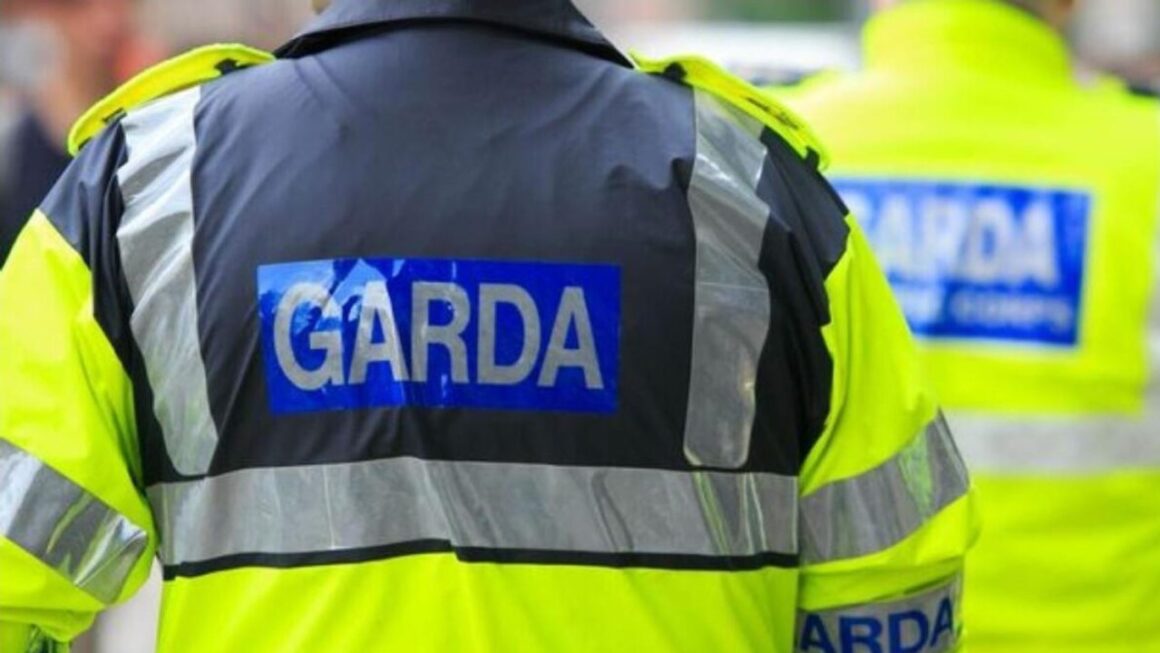By Finghin Kelly
On the evening of Thursday, 23 November, in Dublin, a racist riot was orchestrated by far-right and fascist agitators.
The chaos that ensued that night saw hundreds or even thousands of people stranded in the city centre and fearful for their safety. This was particularly acute among people of colour, LGBTQ people, Travellers, Roma and people from minority and migrant backgrounds.
This fear was not a new fear for many of those people. Racism and hate are routine experiences for many in Irish society. However, it was particularly acute in the chaos of that night. There were many cases of racist attacks and hateful insults being thrown at people. Workers in retail, public transport, healthcare and services like the fire brigade were directly targeted by the rioters. Many were lucky to avoid serious injuries.
This resulted in many not wanting to go to work, or travel through, attend events, or socialise in Dublin City centre given an emboldened far-right being on the front foot – with rumours widespread of plans for more far-right violence being organised.
Blow to prestige
In such a context, many people look to the Gardaí to deal with this situation and provide some security and assurance.
The government and the Gardaí were also shaken by the events of that night, and their inability to accurately assess the threat and act accordingly was a blow to their prestige. They responded to this situation by massively increasing the number of Gardaí on the streets the following weekend, and have pledged to keep this up in the run-up to Christmas.
The government and the Gardaí were also quick to use this climate to push for more powers for the Gardaí and for more repressive tools to deal with protest, with Sinn Féin joining the fray.
Garda Commissioner Drew Harris, speaking in the Oireachtas Justice Committee after the riot, outlined what measures he wanted to bring in. They included more potent pepper spray, a beefed-up public order unit in Dublin, the purchase of two water cannons, more Garda dogs, faster roll-out of body cameras, and round shields that will allow Gardaí to be able to use batons and snatch people in public order situations more easily.
Commissioner Harris is also seeking an expansion of the issuing of tasers to Gardaí. As it stands, only Gardaí who have received specialised training in the use of firearms and are in an armed unit have access to tasers.
Tasers are dangerous weapons. Internationally more and more civil liberty organisations and even police forces are classifying them as ‘less lethal’ rather than ‘non-lethal’. In the US, a study conducted by Reuters in 2020 found that since the weapon has expanded in use there since the early 2000s, over 1,000 people have died due to tasers deployed by police; at least a third of the deaths were of Black people.
Record of heavy handed policing
Gardaí are not fundamentally different to the police in the US. Gardaí also have a long track record of heavy-handed use of their weapons, from regular Gardaí using excessive force with batons to cases like the killing of George Nkencho, where George was shot dead by a Garda despite not posing a threat to anyone’s life. It is highly likely that this expansion of tasers will see them being used disproportionately on people with mental health issues, on people of colour and on Travellers. These groups already face disproportionate violence from the Gardaí. Tasers also pose a significant risk to people with pre-existing cardiac and other health issues.
The government has also been quick to push for the expansion of facial recognition technology (FRT). Currently, a Bill is going through the Oireachtas to allow Gardaí to use FRT in the context of missing persons investigations. The government is now proposing to expand its use to cover public order situations.
There are major problems with this technology. International studies have shown that the algorithms used in this technology are not accurate in identifying non-white males. One survey of different technologies shows a bias ranging from 10 to 100 times against Asian and Black people. This has a real impact with people of colour being more likely to be wrongly identified as suspects, and therefore face wrongful arrest, be subject to searches and even face wrongful prosecution and convictions.
Data protection breaches
Furthermore, there are also significant issues around data protection. The Gardaí operating the technology would have huge powers to identify people, potentially even if they are not subject to an investigation. The Gardaí as an institution has been subject to a large number of Data Protection breaches and has shown itself to have a culture of abusing information. This technology, which can read and store the general public’s biometric data, can’t be trusted in their hands.
Justice Minister Helen McEntee also went on the record of the Dáil to announce 400 more prison places, and significantly stated that “No Garda member should have to look over their shoulder or second-guess themselves in a challenging environment where the use of force is warranted and necessary. We have to provide that clarity and we will.” This is concerning the use of force and points to a desire by the government to allow Gardaí more leeway to use force. It is a green light for Gardaí to go beyond self-defence and to inflict violence – again, this will disproportionately be used on the vulnerable, as well as protest movements.
These repressive measures may be used against the far right today, however, they will also be used against the left and the workers’ movement in the future. The capitalist state is not a neutral referee in society. The Gardaí, the courts and other institutions of the state exist to defend private property – the privileged position of the powerful and wealthy elites – and will always come down on the side of big business. Any powers at their disposal will be used to back up the interests of big business – against the interests of workers.
We saw this graphically when Gardaí used powers that they were granted to enforce a Covid lockdown to attack Debenhams workers on picket lines, and also to issue fines against those protesting against the murder of Sarah Everard. These extra powers the Gardaí now want will be similarly used in the future.
Causes behind far-right growth
Socialist Party TD Mick Barry, speaking on this “law and order response” in the Dáil said “…it will not work. You cannot pepper spray alienation, you cannot baton charge anger at social inequality. You cannot taser the housing crisis or use water cannons to wash away a culture of toxic masculinity… [t]he Government has failed to tackle the social crisis, which gives an audience to the far right and brought many young people out onto the streets.”
The Socialist Party opposed this attempt to boost the repressive arm of the state and the capitalist system it is part of. The far right is growing because it is feeding off the racism, LGBTQphobia and misogyny that this system fosters. This system also cultivates an alienation where a section of young people feel they have no future – because of poverty and desperation due to a housing crisis, increased precarious work, cuts to public services etc. The far right exploits this and points people’s anger at immigrants and other groups.
The use of repression will not cut across this process. It can backfire and can portray the far right as being victims of anti-democratic repressive measures. Despite being a force that is in favour of eroding democratic rights, including women’s rights, the rights of LGBTQ people, and immigrants, they will cynically use repression against them to try to elicit sympathy and support.
The only way to cut across the far right is to take them on politically. We need to tackle their hate with an anti-capitalist and socialist alternative based on working-class struggle and solidarity – where we end inequality, insecurity and the poisonous ideas once for all.












